While vermicelli noodles tend to be easy to cook, some people are intimidated by them. This article will help you cook and achieve the perfect vermicelli noodles!
Vermicelli noodles are best cooked by not overcooking them. Even some dishes cook the noodles by soaking them in boiled water. Don’t soak them before cooking to prevent soggy noodles. To prevent clumping, rinse with cold water, add oil, or occasionally stir them.
So, what steps are specific to each specialty dish? Find out more below!
Vermicelli is both pasta and noodle. Vermicelli pasta being is made with semolina from durum wheat which makes it tough, and in turn, longer to cook.
Vermicelli noodles, on the other hand, can be made with rice, starches, bean, or wheat. These noodles are softer and tend to cook faster. The following sections will help serve as a guide on how to perfectly cook vermicelli noodles.
If you have an interest in vermicelli noodles and their gluten-free status, I invite you to check my comprehensive guide, particularly if you’re mindful of your gluten intake.
How Do You Cook Vermicelli Noodles for Spring Rolls?
When it comes to vermicelli noodles for spring rolls, the noodles are preferably soaked in boiled water for 5 minutes or more, or according to package instructions. Drain the noodles using cold water or under cold water.
You can cut the noodles into your desired length so they can be easier to pick up and add to the wrappers (source: Healthy Nibbles and Bits). For fried spring rolls, similar steps are observed for the noodles.
How to Cook Vermicelli Noodles for Soup or Pho
When making Pho, Epicurious suggests using the 1/16-inch diameter of rice sticks or rice noodles. Soak the noodles in cold water for 30 minutes and drain. Blanch the noodles using a sieve into a boiling, stirring, for 10–20 seconds.
This will give the noodles a chewy texture, evenly cooked (not overcooked), and not clumped together. Drain again and put in a separate container (Source: Epicurious).
How to Cook Vermicelli Noodles for Salads
In a salad, vermicelli noodles can be softened by boiling for under 3 minutes or covering them in boiling water for 3-4 minutes. Rinse the noodles with cold water after and add them to your pasta. Enjoy!
If you happen to find a vermicelli noodle brand with a noodle salad recipe, then awesome! Just follow the instructions on how to cook and serve them. But do remember to rinse them with cold water.
If you want them smaller, you can break the vermicelli noodles into smaller pieces so you don’t have to after cooking them, and also so they don’t stick together.
How to Cook Vermicelli Noodles for Stir Fries or Pad Thai
For Pad Thai, you need to soak the noodles in cold water before cooking. Another thing to remember according to a renowned chef in Bangkok that cooking two or more servings at the same time will make the noodles stick together. They will also be a tad too greasy to eat.
It is recommended to cook Pad Thai in small batches, or one serving at a time (source: Mashed).
Can You Fry dry Vermicelli Noodles?
Yes, you can fry dried vermicelli noodles. A whole plethora of Thai dishes have fried dried noodles in them. Fried dried noodles are also excellent with soups, stir-fries, salads, and lettuce wraps (source: The Spruce Eats).
How Do You Stop Vermicelli Noodles From Sticking?
As a rule, Italian vermicelli, along with other Italian pasta, needs to be occasionally stirred in the pot of water when cooking to prevent them from sticking together.
Some people add oil during boiling to prevent them from sticking. But this is actually not a good practice because, as science would tell us, water and oil aren’t friends.
Adding oil to the water will make the oil stick to the vermicelli strands. This will prevent your sauce from binding to the vermicelli pasta (source: Reader’s Digest).
Other people also like to wash their pasta after boiling to avoid sticking or to separate the strands if they have stuck together. This is also unadvisable because this will make vermicelli soggy.
However, these are observed in rice vermicelli or rice noodles. To prevent them from sticking, they are washed with cold water after boiling them. This helps wash off the starch that comes out after the cooking process but keeps the moisture within because the noodles have cooled off.
Another way to keep the moisture is, yes, by adding oil to the noodles but only after boiling them. You can store them in the fridge after but this is optional (source: Little Saigon Restaurant).
Removing water right after cooking using a colander will remove excess water and will keep the noodles from sticking together (source: Bon Appetit). You can also cut them into smaller pieces to prevent them from clumping.
If you don’t want to add oil to the freshly cooked noodles, you can immediately add the sauce right after boiling, or proceed to the next step of the process so the noodles won’t have time to clump together (source: Mashed).
How Do You Prevent Vermicelli Noodles from Going Soggy?
You can prevent soggy or mushy noodles by not overcooking them, whether it’s boiling them, stir-frying them, or anytime they’re subjected to high heat. And speaking of high heat, vermicelli noodles are best cooked in medium heat (source: Little Saigon Restaurant).
Moreover, most vermicelli noodles are soft. Soaking them before boiling or cooking will render them soggy so skip the soaking part.
To make things easier, the most recommended thing to do is to follow the package instructions for the vermicelli noodles, whatever the type is. However, we also understand that these instructions might come in different languages.
The most important thing to remember, therefore, is to not use high heat, not overcook the noodles or just cook them in boiled water, and stir them occasionally so they don’t stick together. We hope this helps!


![How to Cook Perfect Vermicelli Noodles [By Dish] A bowl of pho with perfectly cooked noodles, meat, and herbs is being lifted by chopsticks. The bowl rests on a woven mat beside a dish of fresh herbs and lime, with a rich purple cloth in the background.](https://cuisineseeker.com/wp-content/uploads/2023/01/pho_soup_vermicelli_noodles-768x590.jpg)



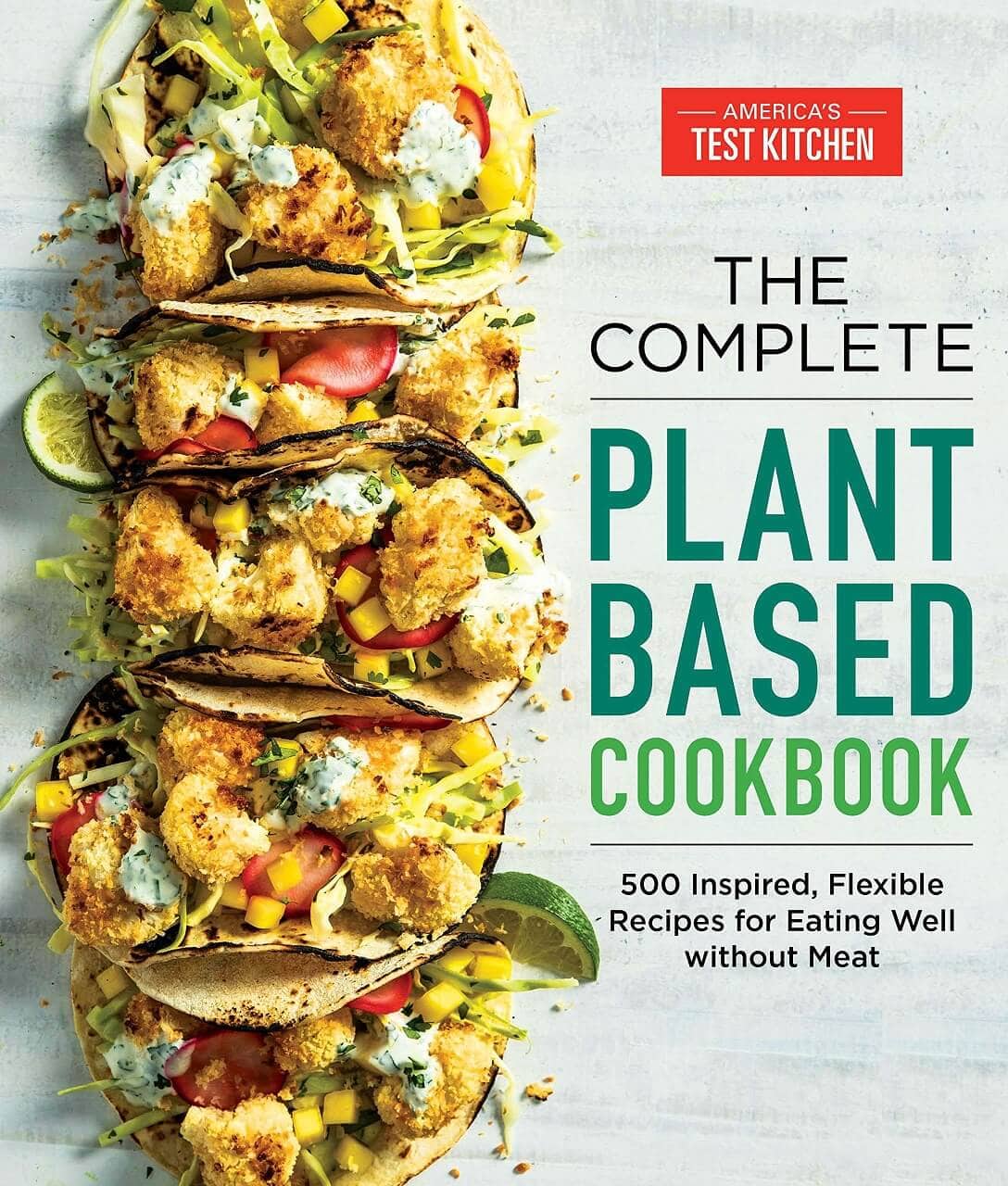
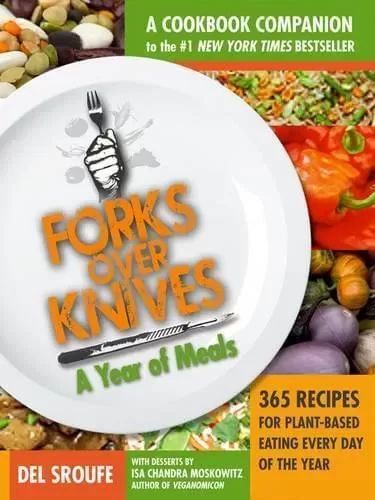

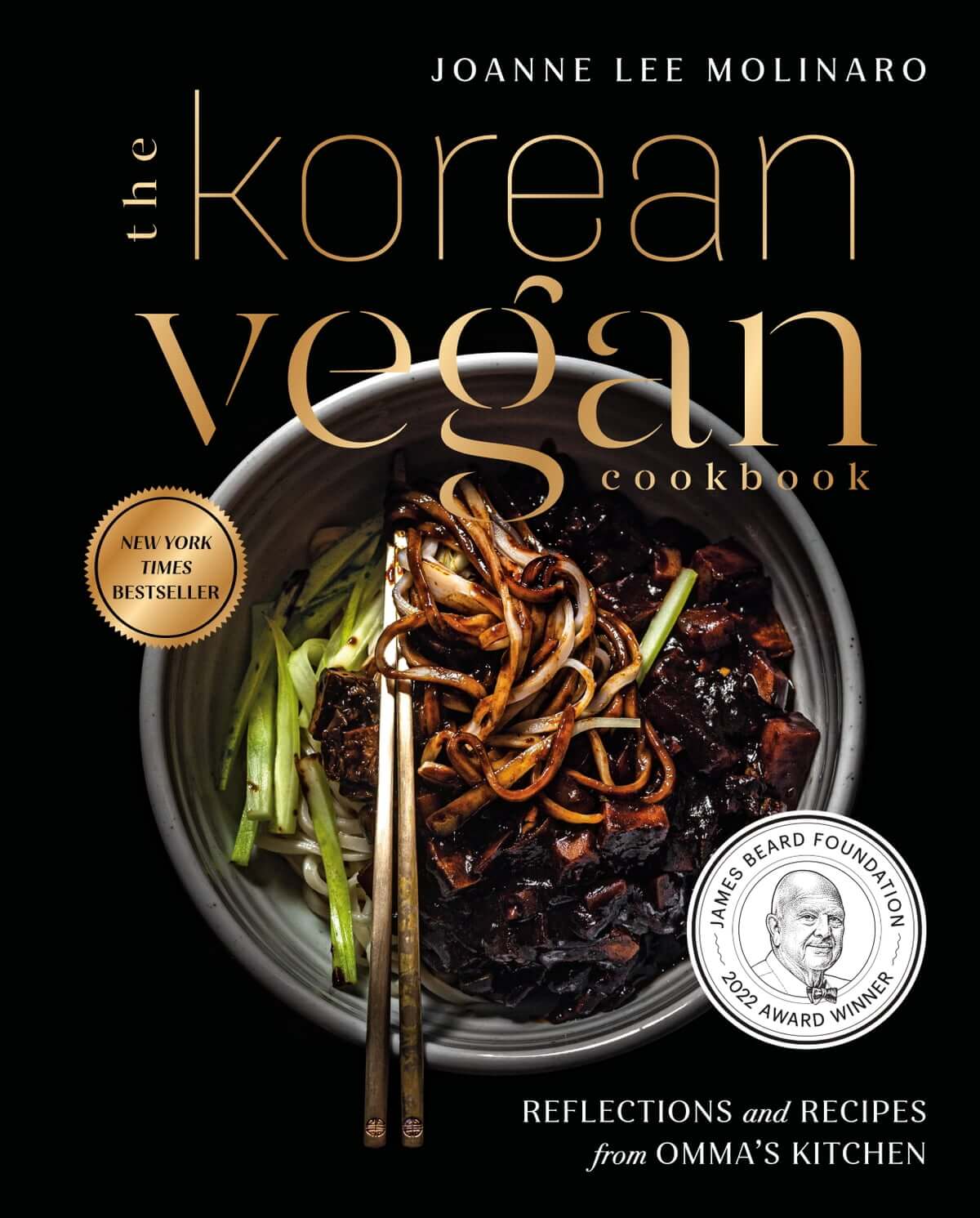
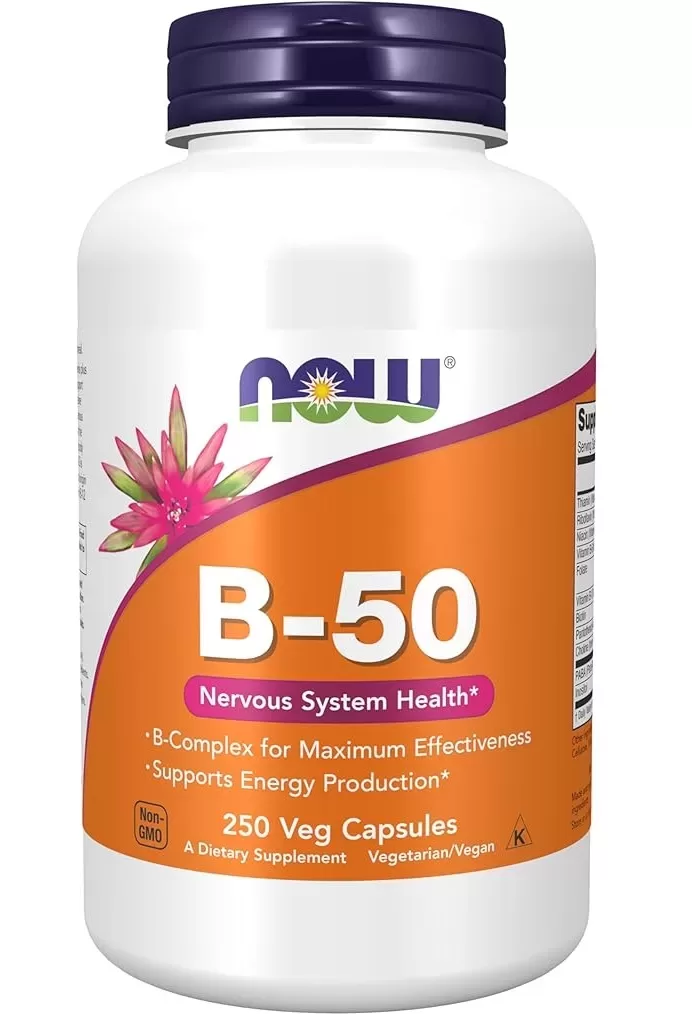
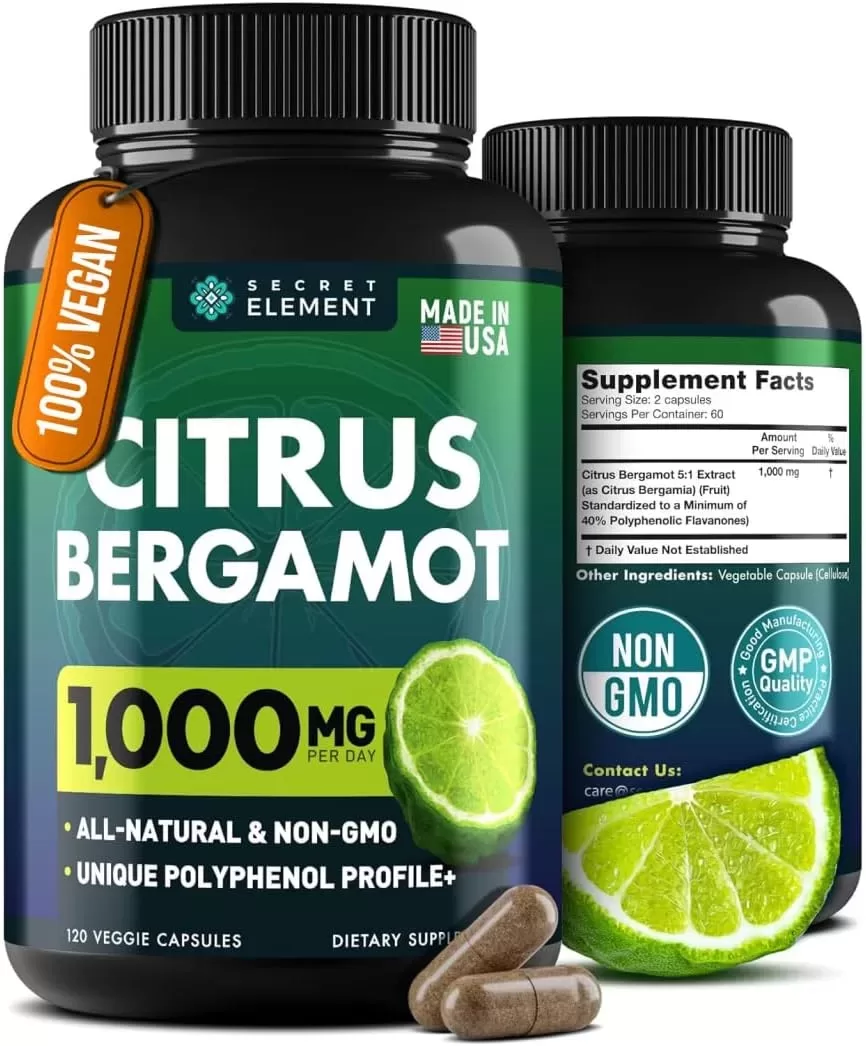

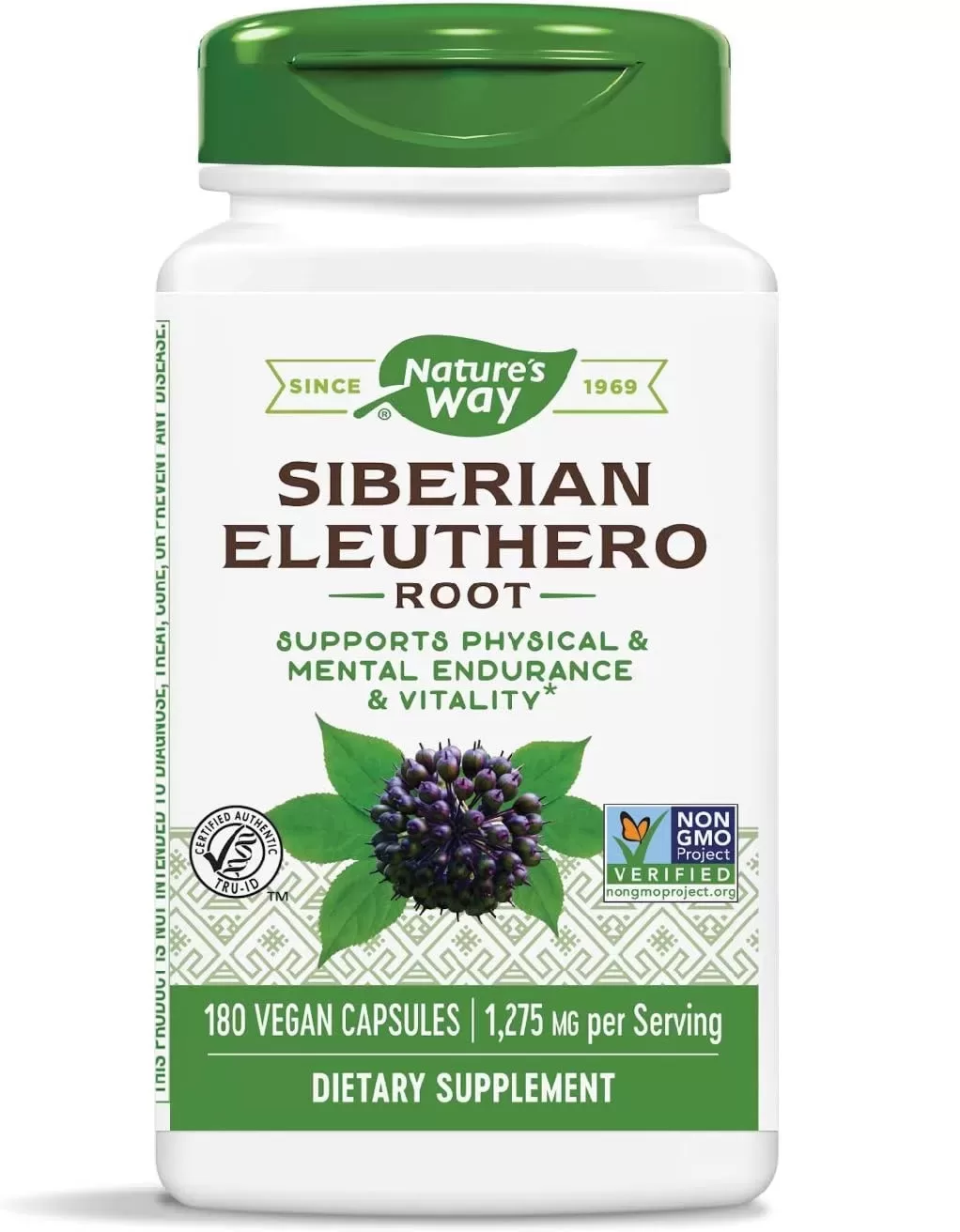
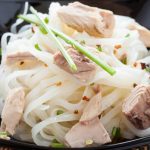
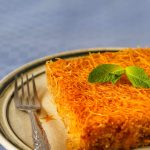
Comments are closed.